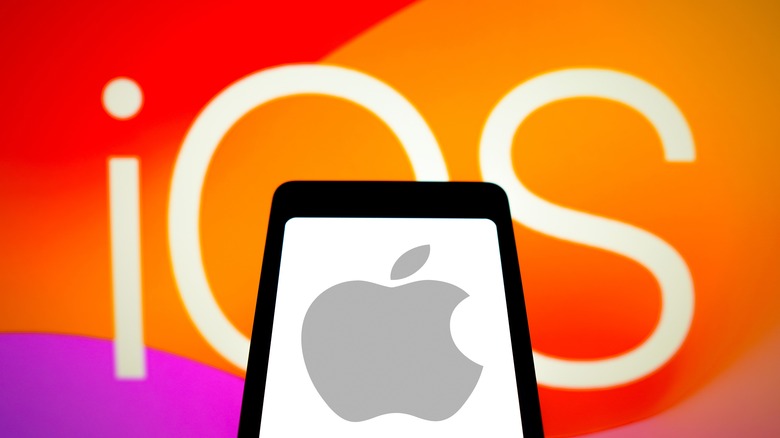
rafapress/Shutterstock
As far as modern technological advances are concerned, there are few, if any, that have changed the game quite as profoundly as Apple’s iPhone. The first generation of the groundbreaking smartphone was released in 2007, and essentially found the innovative tech company putting a fully functional computer into the hands and pockets of anyone who used it. With every ensuing generation of iPhone, Apple continues to change the way people shoot, share, connect and learn.
Advertisement
Of course, as is the case with any piece of smart tech, devices like the iPhone are really only as good as the operating systems that are powering them. While it’s hardly flawless, arguments could be made that iOS — aka the operating system that runs every Apple iPhone — is as good as an OS can be for a smart device. But even as literally every single iPhone owner on the planet uses iOS on a daily basis, it’s still entirely possible that a significant portion of that user base doesn’t even know what those three little letters stand for.
Now, if you read the words «operating system» a moment ago, you’ve likely already devised that the «OS» in iOS actually does stand in for those two words. The question then becomes what that lower case «i» means. In this particular case, you’d be smart not to overthink matters too much, as the «i» in iOS reportedly stands in for iPhone, making the letter designation an almost comically obvious acronym for iPhone Operating System.
Advertisement
So what does the i in iPhone stand for then?
With the meaning of iOS explained, there is, perhaps, another question that needs answering in regard to the game-changing iPhone. After all, if the «i» in iOS stands for iPhone, then one has to assume that the lower-case letter means something completely different when utilized as the first letter in that device’s name.
Advertisement
That assumption is correct, as the «i» in iPhone stands for something different than it does when used in iOS. But to chart the letter’s meaning in regard to iPhone, one has to go back to the first time Apple used «i» in one of its product names. It was, in fact, another game-changing Apple device that first did so, the iMac personal computer. The candy-colored first-generation iMac hit the market in 1998, doing so just a year after Apple mastermind Steve Jobs returned as the company’s CEO. During the product’s ’98 launch event, Jobs would confirm that the little «i» in iMac did not have one single meaning, but as many as five.
The first of those meanings is internet, with Jobs noting during his presentation that connecting to the then relatively new online arena was the primary reason people wanted a computer in their home. From there, Jobs notes the other four meanings as, «individual, instruct, inform, and inspire,» concepts which essentially form a blueprint for the device’s seemingly infinite possibilities, with users ultimately deciding which best suit their needs. Those far-reaching concepts have, arguably, carried across every device bearing the little «i» since the iMac, including the iconic Apple iPhone.
Advertisement